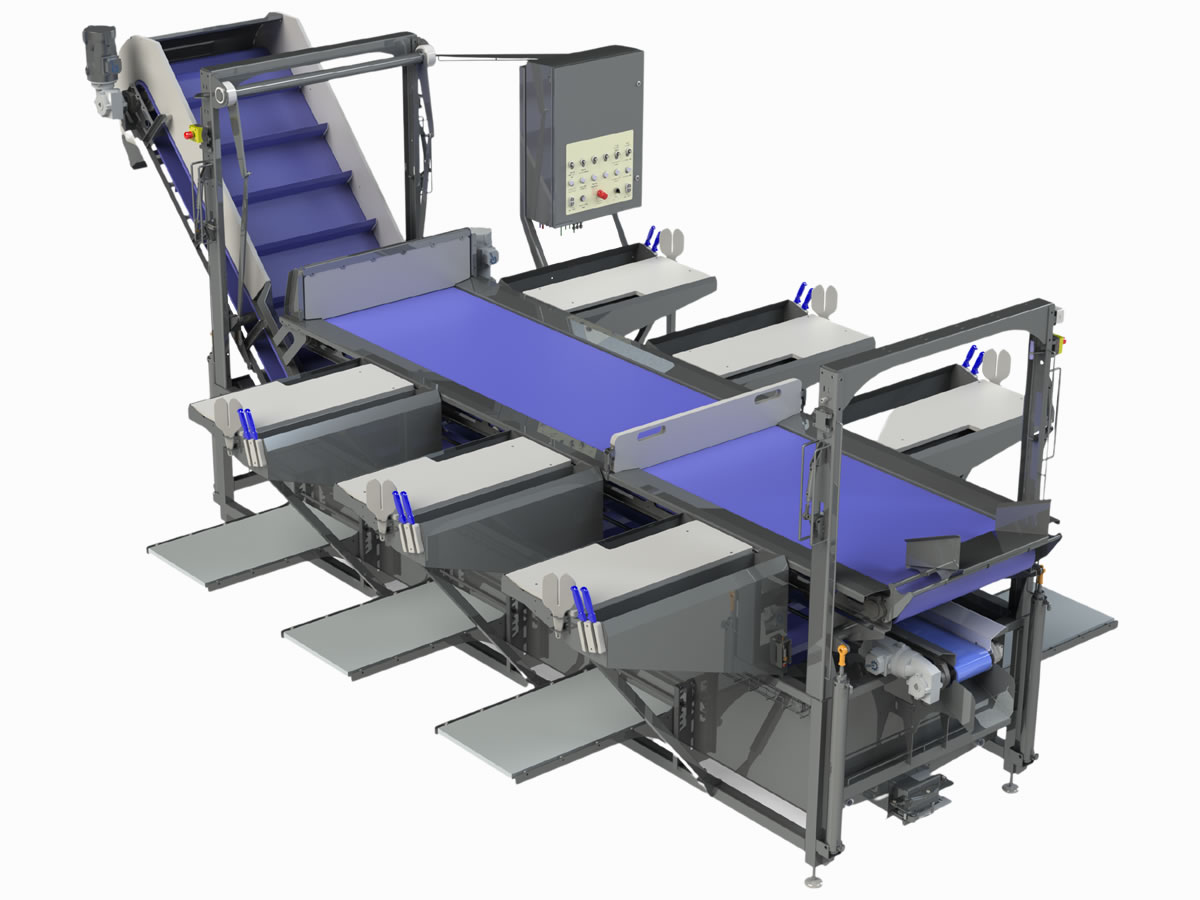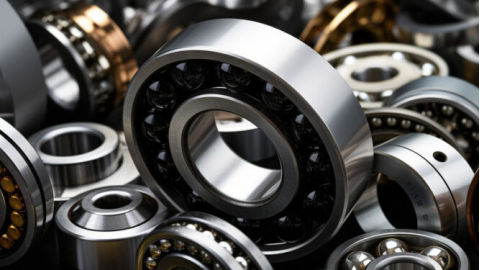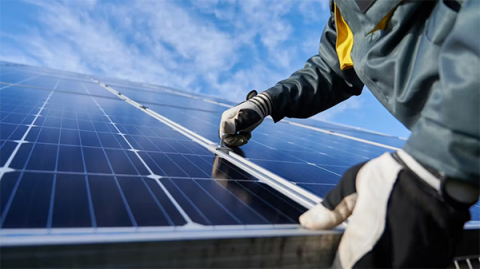Top 10 Fishery Machinery Manufacturers and Companies
Fishery machinery is the backbone of modern aquaculture and fishing operations. This equipment ranges from fish processing machines to advanced farming systems. As global seafood demand rises, efficient and reliable machinery is essential for sustainable production. Key terms include 'fish processing machinery' for cleaning, cutting, and packaging fish, and 'aquaculture systems' for controlled fish farming environments.

Global Fishery Machinery Market Overview
The global fishery machinery market is growing steadily. It is projected to reach a value of $XX billion by 2028. This growth is driven by the expansion of aquaculture and the adoption of automation. Major trends include IoT integration for real-time monitoring and a focus on sustainable practices to reduce environmental impact. Asia dominates the market, accounting for over XX% of global production. Europe also plays a significant role, with strict regulations influencing equipment design. The market faces challenges like high initial costs and maintenance requirements. The annual growth rate is approximately X%.
Key Equipment Types and Their Functions
Fishery operations use several core types of machinery. Fish processing equipment includes heading and filleting machines. These can improve processing efficiency by up to XX%. Feed dispensing systems are automated units that reduce feed waste by XX%. Water quality management systems use oxygen generators to maintain optimal dissolved oxygen levels. Fishing equipment includes trawls and winches for deep-sea operations. Freezing and refrigeration units are critical for maintaining the cold chain. Culture nets and pond systems are used for offshore and land-based farming.
Top Manufacturers Analysis: European Leaders
Europe is home to several industry-leading manufacturers. Baader, based in Germany, is renowned for its high-performance processing lines. Their systems can handle capacities of up to XX tons per hour. They are pioneers in using AI-driven sorting technology. Skaginn 3X from Iceland provides integrated solutions, such as onboard freezing systems that significantly reduce waste. Poseidon in Denmark specializes in aquaculture systems. Their Recirculating Aquaculture Systems (RAS) technology can save up to XX% in water usage. Other notable companies include Turner in the UK, a key player in advanced feed equipment.
Top Manufacturers Analysis: Asian Innovators
Asian manufacturers are known for innovation and scale. Japanese company Satake produces advanced color sorters that greatly enhance product quality. Chinese firms, like HAID, lead in automated feeding systems with a precision rate of XX%. South Korea's Youngjin contributes with energy-efficient fishing gear, such as its advanced trawl designs. Companies in Southeast Asia, including Thailand's Siam, focus on cost-effective farming solutions. A case study shows Satake's technology improving efficiency in salmon processing plants.
Sustainability and Technological Innovation
Manufacturers are increasingly integrating green technologies. Energy-efficient machinery, like Baader's systems that use XX% less power, is becoming standard. Systems that reduce water usage, such as RAS technology that recycles XX% of water, are in high demand. Waste management solutions convert fish byproducts into valuable feed. Innovations include using drones to monitor farm health and blockchain for full supply chain traceability. Certifications like MSC compliance directly influence equipment design and manufacturing processes.
Selection Guide and Future Outlook
Selecting the right machinery requires careful evaluation. Key factors include production capacity, after-sales support, and overall cost-effectiveness. The industry is moving towards greater automation. It is projected that by 2030, XX% of fish farms will use robotic systems. Equipment design is also evolving to adapt to challenges posed by climate change. The future points towards smarter, more sustainable machinery developed through industry collaboration.




